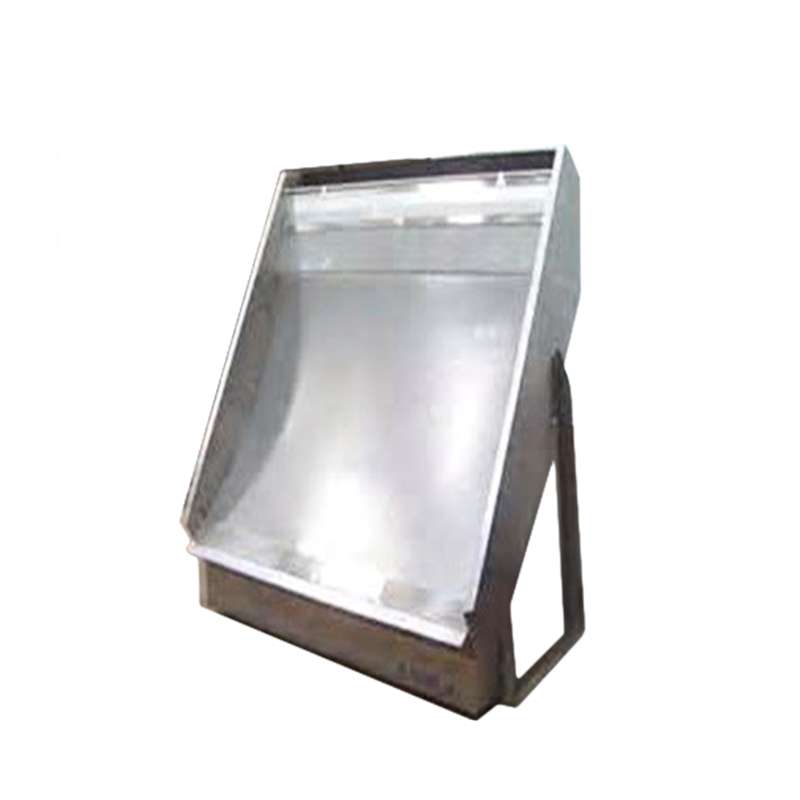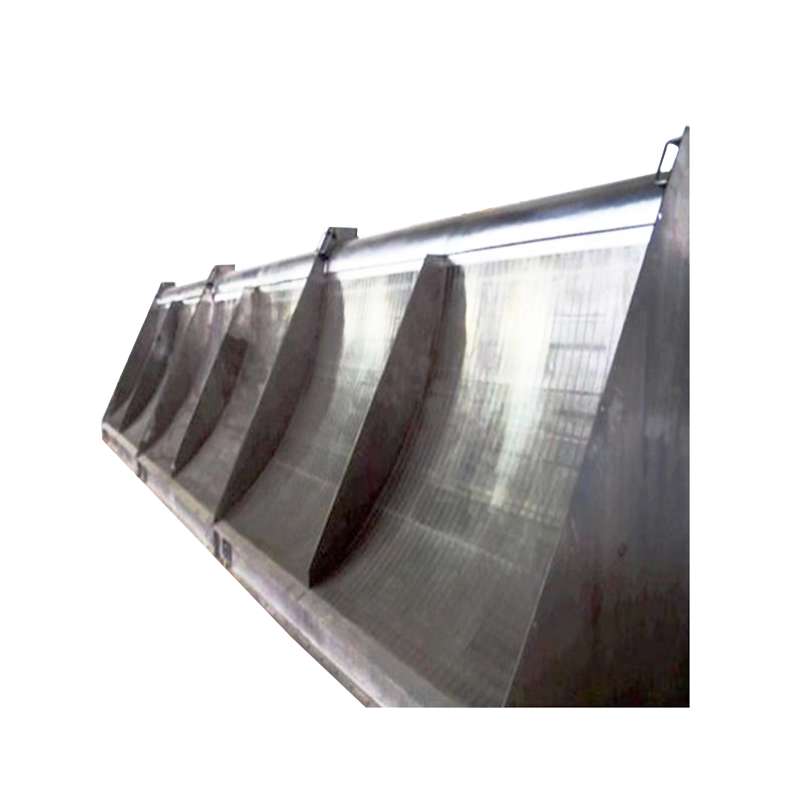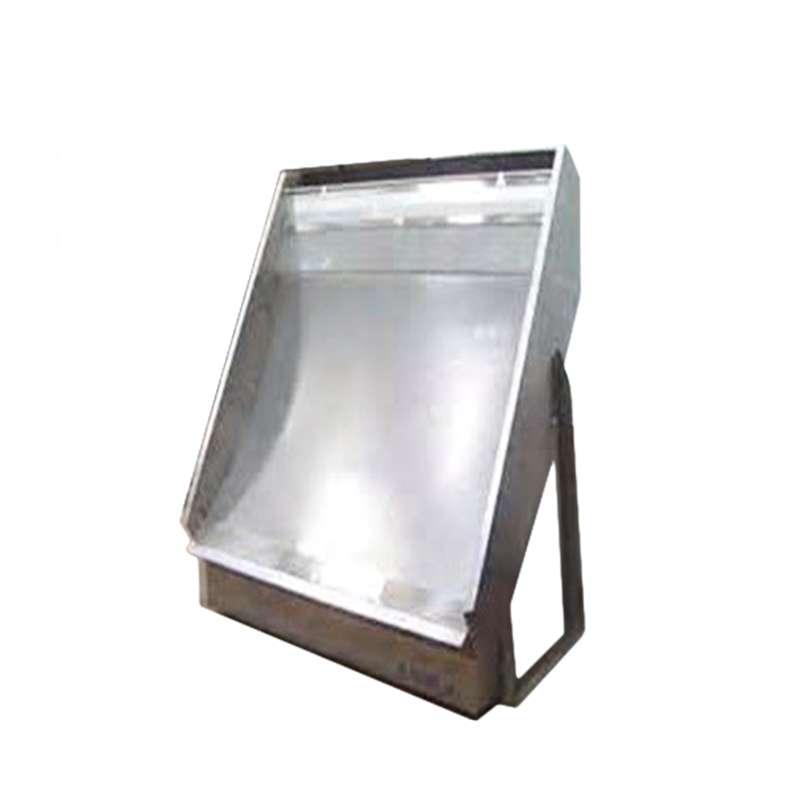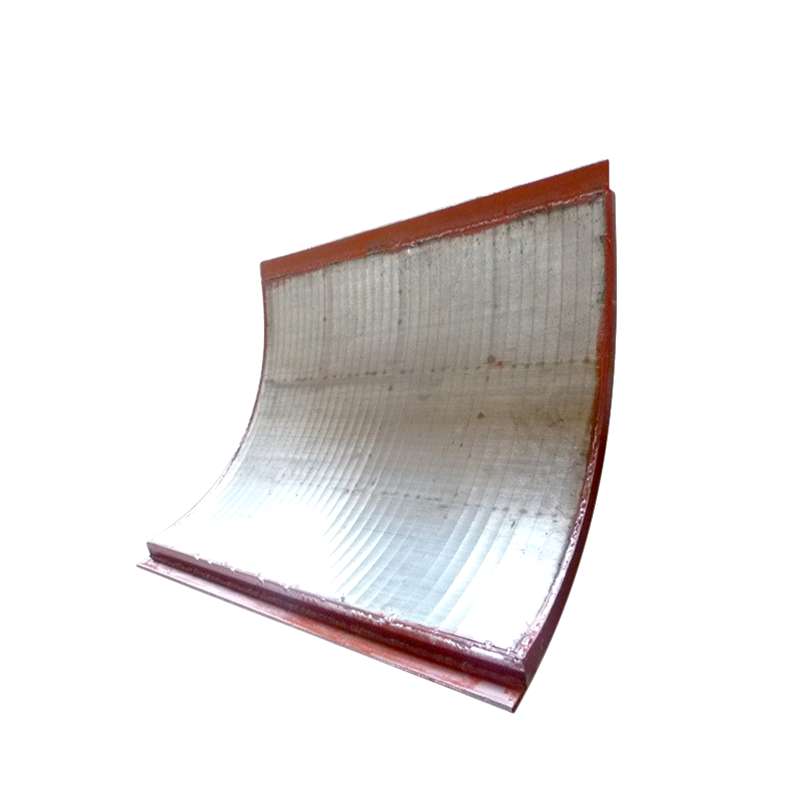With durable materials and various models, stainless steel perforated tubes can filter liquids, solids, and air or sieve different materials to ensure purity. Weakening noise and granary ventilation are also important functions. With good acid and alkali resistance, the sieving tube is a very practical product for filtering ceramic powders, glass materials, plastic materials, soils, mineral aggregates, drug particles, metal powders, etc
Application of a perforated tube:
Filter liquids and air, such as water, oil, etc.
Sieve different materials and remove impurities, such as in food, pharmaceutical, chemical, and environmental protection industries.
As various frameworks of filter elements.
Weaken the noise: used in the exhaust on a semi truck or a motorcycle
Used for granary ventilation.
Light cover.
Ceiling decoration.
Deep Dive into Key Application Areas:
1. Filtration – The Premier Application for Perforated Tubes
Fluid filters, like those used in lubrication systems, are one of the most common applications for perforated tubes.
The perforated tube supports this filtration media, holding it in place and letting fluid flow. Hole size and open area are important in managing the fluid, particularly to ensure even distribution across the filter material. However, the holes themselves are too big to filter any but the largest particles.
2. Mastering Flow Dynamics: Control and Regulation
Irrigation and drainage are examples of flow control applications. A pattern of small holes can regulate the rate at which water comes out of or can flow into a pipe.
In addition, the oil and gas production industries use perforated tubing to manage fluid flow, and for a degree of filtration.
3. Engineering Sound: Acoustic Performance and Noise Attenuation
Like filtration, acoustic applications of perforated tubes work in two ways. Holes themselves let air transmit sound through the pipe, and the size of the hole influences the frequencies passed and attenuated. However, in mufflers, the perforated tube also holds the sound muffling material in place.
Sound muffling perforated tubes are seen on trucks and motorcycles, but also on static engines and generators, where the noise would otherwise cause a nuisance.
4. Enhanced Safety & Shielding Capabilities
A second benefit of perforated tubing in a muffler is that, as an outer sheath, it prevents burns by keeping fingers and other body parts away from the hot inner piping. This guarding or shielding attribute is used in many similar applications involving heat or light, where you want energy to pass through,h but in a safe manner.
Also under the heading of shielding, perforated tubes can protect something inside from electromagnetic radiation.
5. Aesthetic Innovation: Architectural and Design Marvels
Lighting is another good perforated tube application. Here, the perforation pattern can be engineered to create a wide variety of interesting effects.
Two related applications are architecture and interior design. With an almost limitless number of material and hole pattern combinations (holes don't have to be round), perforated tubing can create countless interesting aesthetic shapes, patterns, and textures. And don't overlook the potential for custom perforation patterns that show off a logo or brand name!
6. Beyond the Conventional: Pioneering New Frontiers
The more you explore, the more innovative applications for perforated tubes emerge. We take pride in our contributions to groundbreaking projects, such as the iconic metal torch for the 2006 Olympic Games and critical components supplied to NASA for the Mars Rover mission. These examples underscore the adaptability and reliability of perforated tube technology.
Essentially, whenever there's a need to regulate, restrict, control, or diffuse the flow of a gas, liquid, light, or even sound, a perforated tube offers a robust and adaptable solution. We are continually inspired by new challenges and applications.
If you have a concept or a specific requirement, we invite you to connect with us. Let's explore how perforated tube technology can bring your vision to life.
86-18032153916



